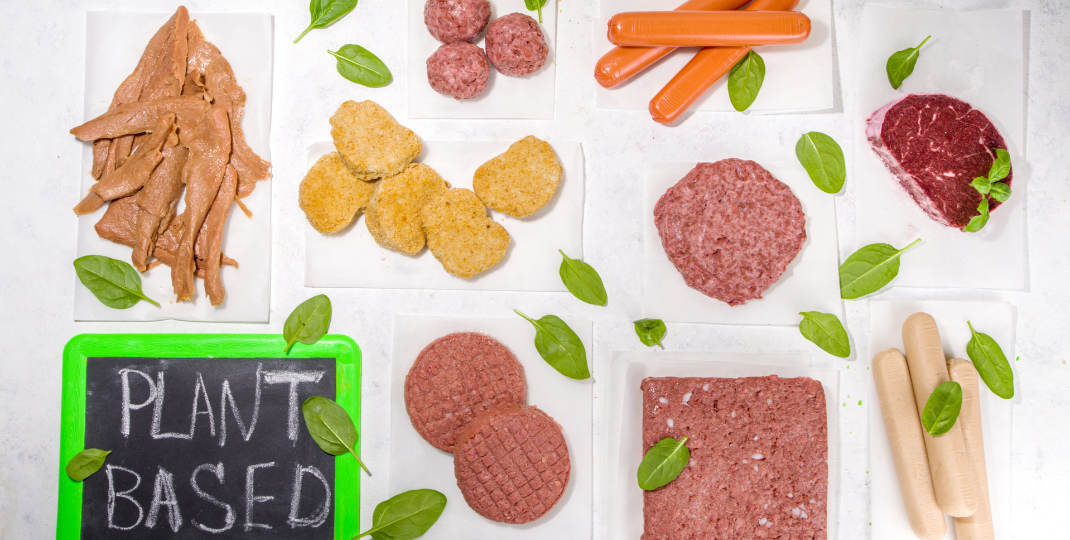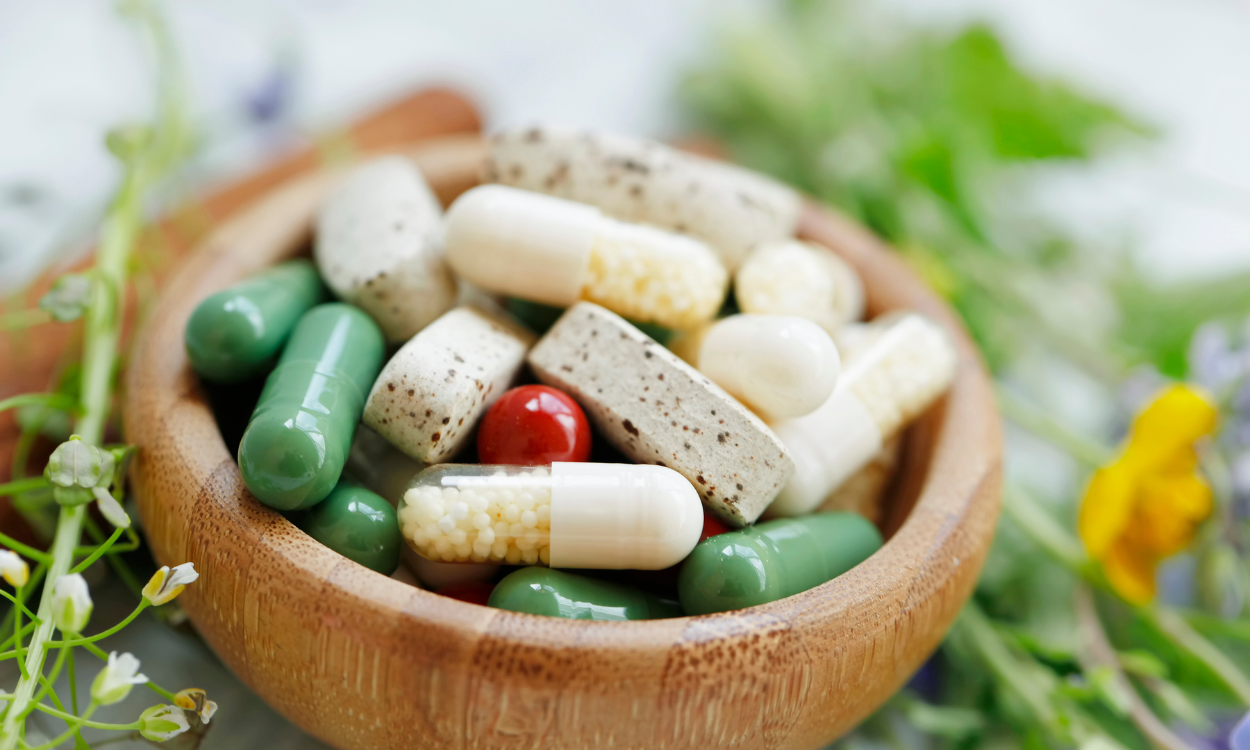The stage of growth cycle of microalgae plays a crucial role in determining their lipid content, which is essential for various applications such as biofuel production and nutraceuticals. As microalgae progress through different growth phases, their lipid accumulation varies significantly, with lipid content typically increasing during the stationary phase. Understanding how the growth cycle impacts lipid production in microalgae is vital for optimizing cultivation strategies and enhancing lipid yields for industrial purposes. In this article, we will explore the factors that influence lipid content in microalgae at different growth stages and discuss potential strategies to enhance lipid accumulation for sustainable production processes.
Factors influencing lipid content of microalgae during each growth stage
During the lag phase of the growth cycle, the lipid content of microalgae is influenced by nutrient availability and environmental conditions such as light intensity and temperature. As the microalgae enter the exponential growth phase, lipid accumulation is typically low due to rapid cell division and biomass production. However, during the stationary phase, when nutrients become limited, the microalgae begin to store lipids as a form of energy storage for survival. Factors such as carbon dioxide availability, nitrogen limitation, and stress conditions can also stimulate lipid accumulation in microalgae. Overall, understanding how these specific factors interact at each stage of the growth cycle is crucial for optimizing lipid production in microalgae for various biotechnological applications.

Is there a correlation between the duration of each growth stage and the resulting lipid content in microalgae?
Research suggests that there is a correlation between the duration of each growth stage and the resulting lipid content in microalgae. Studies have shown that prolonged growth stages can lead to an increase in lipid production, as the microalgae are given more time to accumulate energy reserves in the form of lipids. Conversely, shorter growth stages may result in lower lipid content as the microalgae do not have enough time to reach peak lipid accumulation. This correlation highlights the importance of optimizing growth conditions and duration to maximize lipid production in microalgae for various applications such as biofuel production and nutritional supplements.
Do different species of microalgae exhibit varying responses to the growth cycle in terms of lipid production?
Yes, different species of microalgae do exhibit varying responses to the growth cycle in terms of lipid production. Some species may have higher lipid accumulation during certain stages of the growth cycle, while others may have a more consistent lipid production throughout. Factors such as nutrient availability, light intensity, temperature, and genetic characteristics can all play a role in influencing the lipid production of different microalgae species. Understanding these variations in response to the growth cycle is important for optimizing lipid production for biotechnological applications such as biofuel production and nutritional supplements.
How do environmental conditions, such as light intensity and nutrient availability, interact with the growth cycle to affect lipid content in microalgae?
Environmental conditions such as light intensity and nutrient availability play a crucial role in regulating the growth cycle of microalgae, which in turn impacts their lipid content. Light intensity is essential for photosynthesis, a process through which microalgae convert light energy into chemical energy stored in lipids. Higher light intensities can stimulate lipid production in microalgae as they need to store excess energy. Nutrient availability also influences lipid accumulation, as certain nutrients like nitrogen and phosphorus are essential for lipid synthesis. Conversely, limiting nutrients can lead to lipid degradation or reduced lipid production. Overall, the interplay between environmental conditions and the growth cycle of microalgae determines their lipid content and has significant implications for their potential use in biofuel production and other applications.
Are there certain stages of the growth cycle that are particularly critical for maximizing lipid production in microalgae?
Yes, there are certain stages of the growth cycle that are particularly critical for maximizing lipid production in microalgae. During the exponential growth phase, microalgae typically allocate a significant portion of their resources towards cell division and biomass production. However, as the culture reaches stationary phase, nutrient depletion and environmental stressors can trigger lipid accumulation as a survival mechanism. Therefore, strategies such as inducing nutrient limitation or implementing stress conditions during specific stages of the growth cycle can enhance lipid productivity in microalgae. Additionally, optimizing light intensity, carbon dioxide availability, and temperature during these critical stages can further boost lipid production in microalgae.

Can manipulating the duration or conditions of specific growth stages enhance lipid content in microalgae?
Manipulating the duration or conditions of specific growth stages in microalgae can potentially enhance lipid content by promoting lipid accumulation. By adjusting factors such as light intensity, nutrient availability, temperature, and pH during critical growth phases, researchers can stimulate the production of lipids, which are essential for energy storage and valuable for various industrial applications including biofuel production. These targeted manipulations can optimize lipid yield in microalgae, making them a more sustainable and efficient source of renewable energy.
How does the genetic makeup of microalgae influence their lipid production throughout the growth cycle?
The genetic makeup of microalgae plays a significant role in influencing their lipid production throughout the growth cycle. Specific strains of microalgae have been genetically engineered to overexpress key enzymes involved in lipid biosynthesis, leading to increased lipid accumulation. Additionally, variations in the genetic composition of microalgae can impact their ability to efficiently convert carbon sources into lipids, as well as regulate lipid metabolism pathways. These genetic factors ultimately determine the lipid productivity and content of microalgae across different growth stages, making it crucial in optimizing lipid production for various biotechnological applications.
Are there potential strategies for optimizing lipid content in microalgae by targeting specific stages of the growth cycle?
There are various potential strategies for optimizing lipid content in microalgae by targeting specific stages of the growth cycle. One approach is to manipulate the nutrient composition and availability during different phases of growth to promote lipid accumulation. For example, nitrogen deprivation during the early exponential phase can trigger lipid production, while providing sufficient nutrients during the later stages can sustain growth and maximize lipid content. Additionally, controlling the light intensity and duration throughout the growth cycle can also affect lipid accumulation, as light availability is crucial for photosynthesis and lipid biosynthesis. By understanding the metabolic pathways involved in lipid synthesis and growth regulation in microalgae, targeted interventions at specific stages of the growth cycle can be implemented to enhance lipid productivity for various applications such as biofuel production or nutraceuticals.
The Impact of Growth Cycle on Microalgae Lipid Content
In conclusion, the stage of growth cycle of microalgae plays a crucial role in determining their lipid content. Generally, microalgae tend to accumulate more lipids during the stationary phase of growth when nutrients are limited, as a survival mechanism to store energy for future growth. Therefore, understanding and optimizing the growth conditions and timing of harvesting can help maximize lipid production in microalgae, making them a promising source for sustainable biofuel production and other applications in biotechnology. Further research into the specific factors influencing lipid accumulation at different growth stages will be instrumental in harnessing the full potential of microalgae as a renewable resource.
